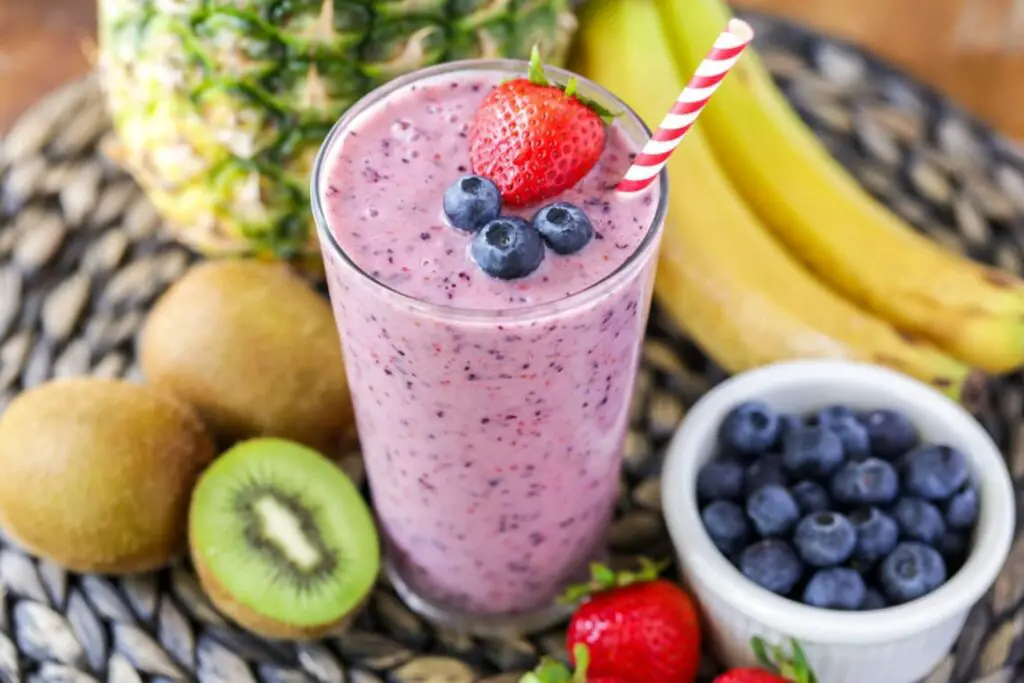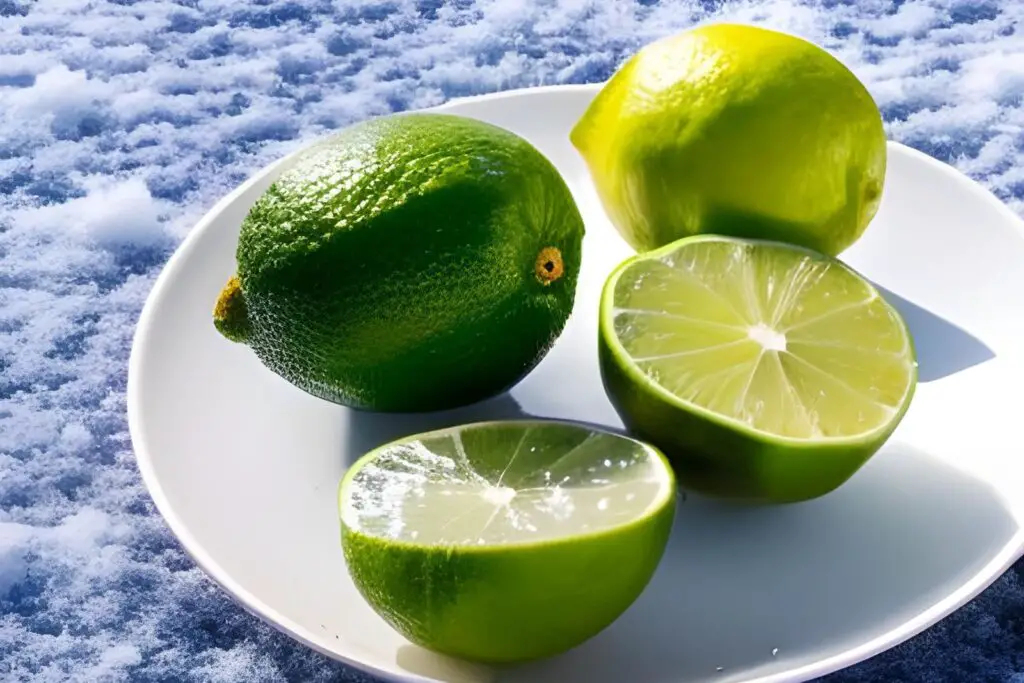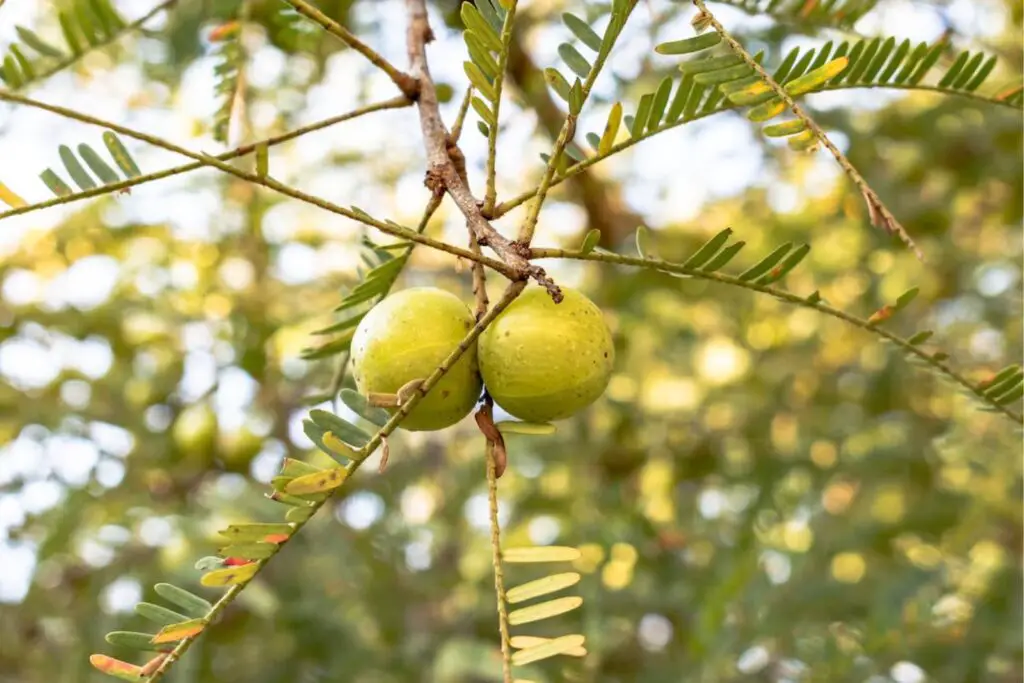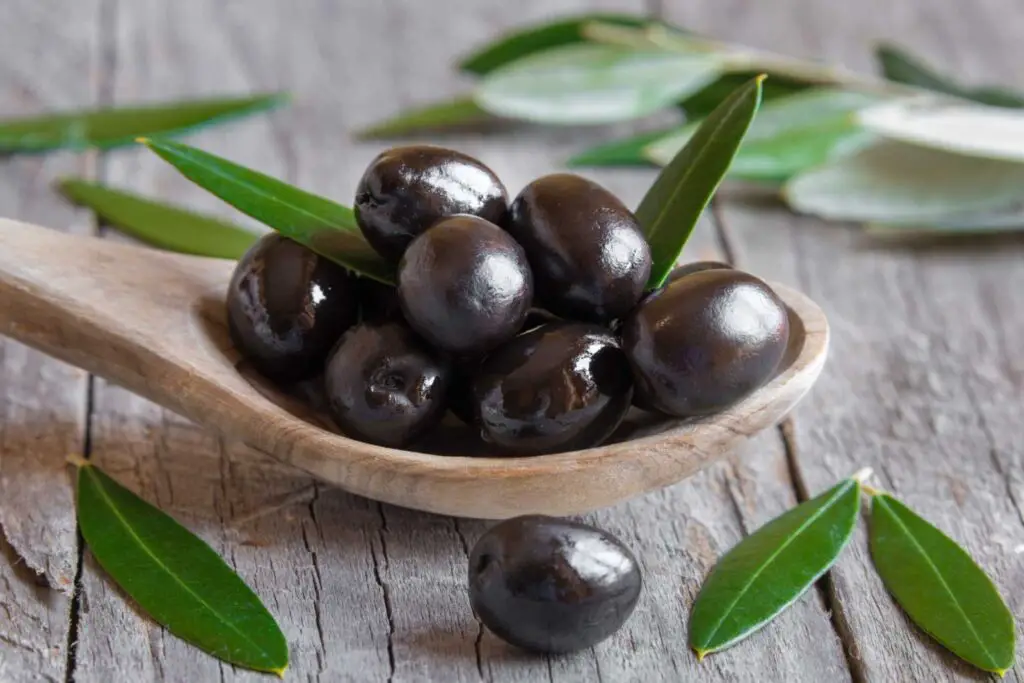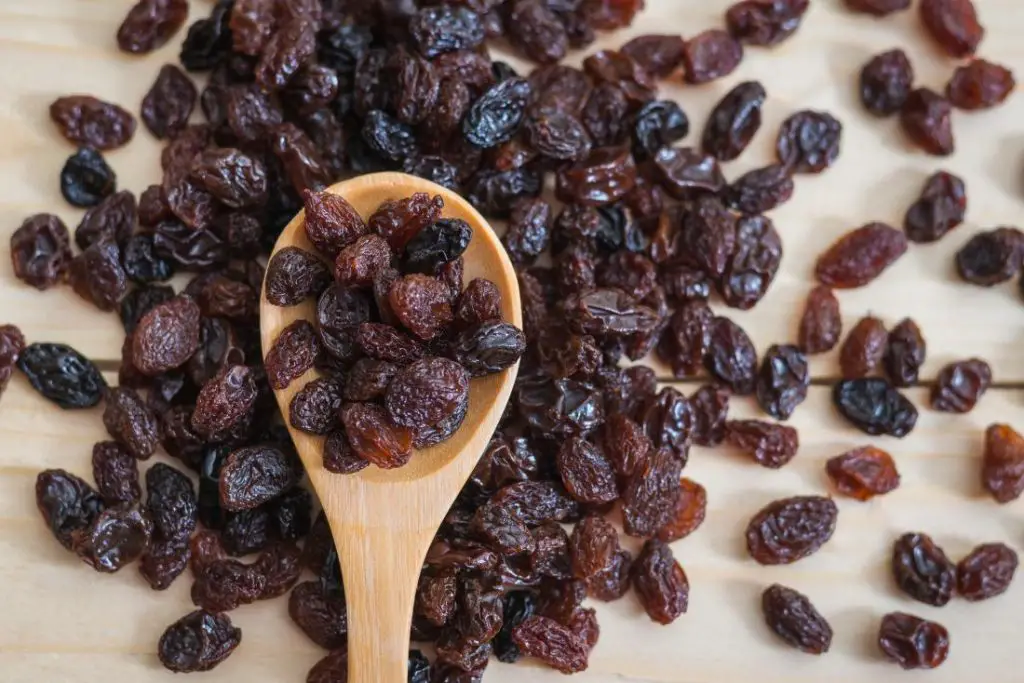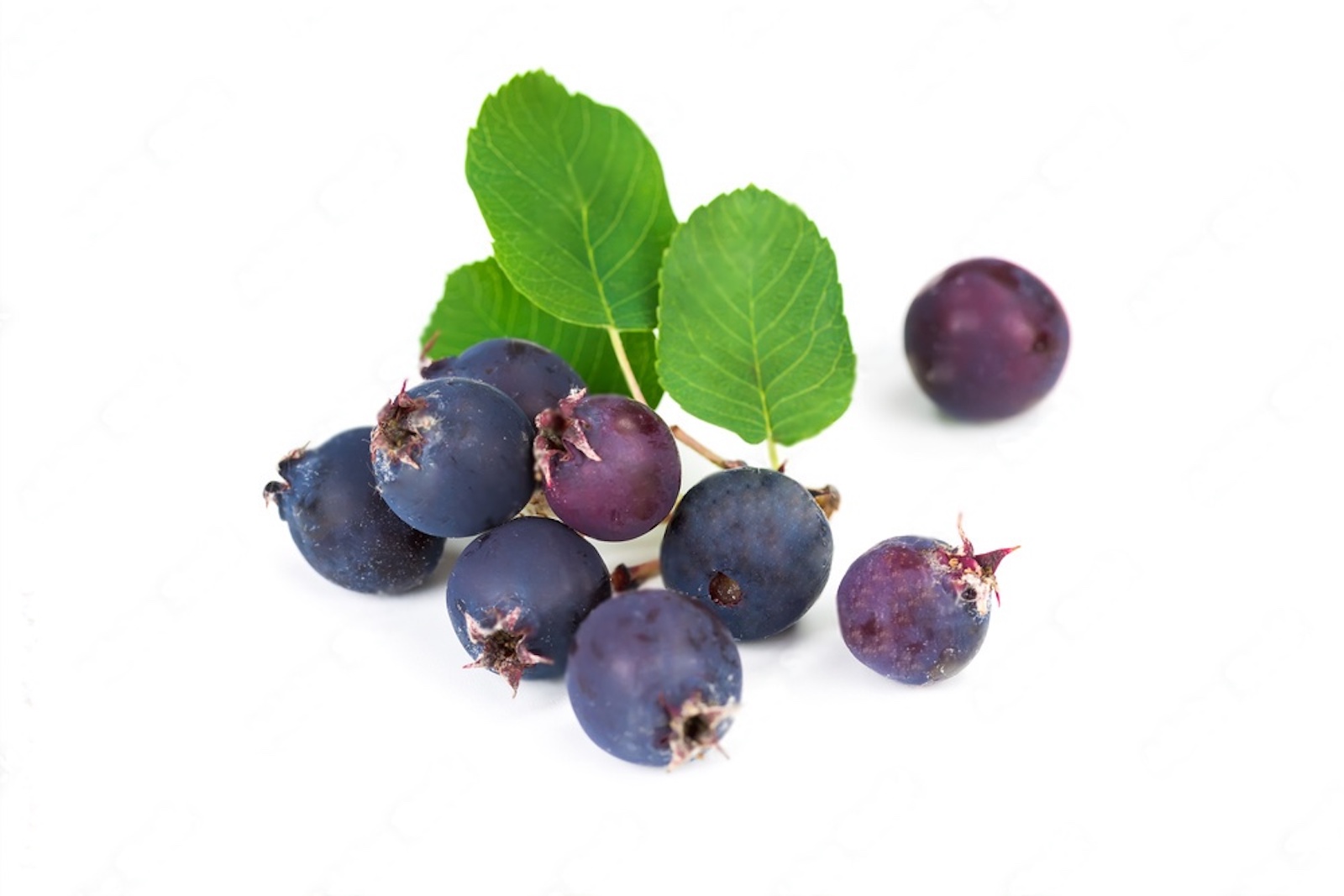
Saskatoons, also known as serviceberries or juneberries, are delicious and nutritious berries that grow on shrubs in North America. These berries are prized for their sweet-tart flavor and can be used in various culinary creations. Whether you’ve harvested an abundant crop of saskatoons or want to preserve their seasonal goodness, freezing is an excellent way to ensure you can enjoy them throughout the year. By following a few simple steps, you can freeze saskatoons while maintaining their taste and texture. This article presents a step-by-step guide to freezing saskatoons, allowing you to savor their delightful flavor long after their growing season has passed.
Here’s a step-by-step guide on how to freeze saskatoons:
Step 1: Select ripe saskatoons
When it comes to freezing saskatoons, the first and most crucial step is selecting the right berries. Ripe saskatoons are essential for ensuring the best quality and flavor after they’ve been frozen. Here’s why selecting ripe and plump saskatoons matters:
- Ripeness indicates flavor and sweetness: Ripe saskatoons are at their peak of flavor and sweetness. The natural sugars in the berries have developed fully, resulting in a delectable balance between sweet and tart. When you freeze ripe saskatoons, you lock in this delicious flavor, allowing you to enjoy it even after months in the freezer.
- Color and texture as indicators: A deep, vibrant color is a good sign that saskatoons are ripe. Look for berries that have a rich hue, whether they’re blue, purple, or red. Additionally, gently touch the berries – ripe saskatoons should have a slightly soft texture without being mushy. This texture indicates that the berries have reached their prime and are ready to be frozen.
- Texture matters during freezing: Berries that are too firm may not freeze evenly, while those that are overly soft might become mushy once thawed. By choosing saskatoons with the right texture, you’re setting the stage for a successful freezing process that maintains the berries’ integrity.
- Avoid overripe or mushy berries: Overripe or mushy saskatoons may not freeze well and could result in a less-than-desirable texture when thawed. These berries might also release excess moisture during freezing, leading to freezer burn or ice crystals. To ensure the best results, it’s wise to skip over any berries that are too soft or have visible signs of decay.
Step 2: Wash and sort the berries
After selecting ripe saskatoons, the next crucial step in the freezing process is to properly wash and sort the berries. This step ensures that the saskatoons are clean and free from any unwanted elements before they’re frozen. Here’s why washing and sorting are essential:
- Removing dirt and debris: Saskatoons, like any berries harvested from nature, may have accumulated dirt, dust, or other debris during their growth. Giving the berries a gentle rinse under cold water helps remove these impurities, ensuring that you’re freezing clean and sanitary fruit.
- Preventing cross-contamination: Washing the berries also helps prevent cross-contamination. Even if the saskatoons appear clean, there might be invisible contaminants present. By washing them, you reduce the risk of introducing harmful bacteria or particles into your freezer.
- Enhancing shelf life: Dirt and debris can contribute to the breakdown of berries over time, leading to spoilage. By cleaning the saskatoons before freezing, you’re extending their shelf life and maintaining their overall quality.
- Sorting for quality: While washing the berries, take the opportunity to sort through them. Remove any stems, leaves, or unripe berries that you might have missed during the initial selection. Stems and leaves can affect the texture and taste of the frozen berries, while unripe berries might not freeze well or contribute to an uneven texture.
- Consistent freezing: Sorting the berries also helps ensure consistent freezing. Berries that are similar in size and ripeness will freeze more evenly, preventing some from becoming too hard while others remain too soft.
- Proper preparation for recipes: Well-washed and sorted saskatoons are ready to be used directly from the freezer in various recipes. Whether you’re making jams, pies, or smoothies, you can trust that your frozen saskatoons are clean, safe, and ready to contribute their delicious flavor to your creations.
Can I freeze saskatoons without washing them first?
It’s advisable to wash saskatoons before freezing to remove dirt and contaminants. Washing ensures better preservation and safe consumption after thawing. Cleaned berries maintain quality during storage.
Can I freeze saskatoons with stems?
It is advisable to remove stems before freezing saskatoons. This practice helps maintain texture and ease of use in recipes. Stems can be tough and may affect the overall quality of the frozen berries.
Step 3: Spread the berries on a tray
Once you’ve washed and sorted your saskatoons, the next crucial step in the freezing process is to spread them out on a tray. This seemingly simple step plays a significant role in ensuring the overall quality of your frozen berries. Here’s why spreading the berries on a tray is essential:
- Preventing ice crystal formation: Berries contain a significant amount of moisture, and when they’re placed directly into the freezer, this moisture can lead to the formation of ice crystals. These ice crystals can affect the texture and flavor of the berries when they’re thawed. By spreading the berries on a tray, you’re creating a layer of air around each berry, which helps the excess moisture evaporate before freezing. This process minimizes the formation of large ice crystals and preserves the berries’ cellular structure.
- Uniform freezing: When berries are placed too closely together in a container for freezing, they can stick together, making it challenging to separate them when you’re ready to use them. By laying them out on a tray, you’re ensuring that each berry freezes individually. This way, you can measure out the exact amount of berries you need for a recipe without having to thaw and refreeze a clump of stuck-together berries.
- Ease of portioning: Spreading the berries on a tray allows you to freeze them in a single layer, making it easier to portion them out later. Once the berries are frozen individually, you can transfer them to a container or bag in precise portions, whether it’s for a single serving or a specific recipe.
- Reducing freezer burn: When berries are directly exposed to cold air in the freezer without any protective layer, they are more susceptible to freezer burn. Freezer burn occurs when moisture is drawn out from the surface of the berries, causing them to become dehydrated and develop a dry, discolored appearance. Spreading the berries on a tray and allowing excess moisture to evaporate before freezing helps prevent freezer burn and maintains the berries’ quality.
Step 4: Flash-freeze the berries
Once you’ve properly spread out the washed and sorted saskatoons on a tray, it’s time to initiate the flash-freezing process. Flash-freezing is a rapid freezing technique that involves freezing food items at an extremely low temperature to preserve their quality. In this step, you’ll be placing the saskatoons on a tray in a single layer and allowing them to freeze individually. Here’s why this process is essential:
- Rapid preservation of quality: The concept behind flash-freezing is to freeze the saskatoons quickly at a temperature much lower than the average home freezer. This rapid freezing process prevents the formation of large ice crystals within the berries. Large ice crystals can rupture cell walls, leading to a loss of texture and overall quality when the berries are thawed. Flash-freezing preserves the cellular structure of the berries, resulting in a fresher taste and a better texture when used in recipes.
- Individual freezing for convenience: Placing the saskatoons in a single layer and ensuring they don’t touch each other during freezing has practical benefits. Individual freezing means you won’t end up with a solid mass of frozen berries that are difficult to separate. Instead, you’ll have individual saskatoons that can be easily measured out for recipes without having to thaw an entire clump.
- Preventing clumping: Flash-freezing prevents the saskatoons from clumping together during freezing. When berries freeze in a clump, the moisture they release upon thawing can lead to a loss of quality, taste, and texture. By freezing the berries individually, you maintain their individual integrity and ensure that they don’t stick together when you’re ready to use them.
- Maintaining versatility: By flash-freezing the berries individually, you’re preserving their culinary versatility. Whether you want to add a handful of saskatoons to your morning smoothie or create a beautiful berry compote for dessert, having individually frozen berries allows you to take out exactly what you need, making meal preparation more convenient.
- Enhancing shelf life: Proper flash-freezing increases the overall shelf life of the saskatoons. The quick freezing process locks in the berries’ freshness and prevents the growth of microorganisms that can lead to spoilage.
Can I freeze saskatoons without flash-freezing?
Flash-freezing is recommended for saskatoons to prevent clumping and preserve quality. While you can freeze without it, individual freezing maintains texture and flavor better. Flash-freezing ensures better results.
Step 5: Package the frozen berries
After successfully flash-freezing your saskatoons, it’s time to move onto the packaging stage. Proper packaging is essential to maintaining the quality, flavor, and texture of your frozen berries. In this step, you’ll be transferring the individually frozen saskatoons into airtight freezer-safe containers or resealable plastic bags. Here’s why this step is crucial:
- Preventing freezer burn: Freezer burn occurs when frozen food is exposed to air, causing moisture to evaporate from the food’s surface. This can lead to changes in texture, flavor, and overall quality. Packaging the saskatoons in airtight containers or bags prevents air from coming into contact with the berries, reducing the risk of freezer burn and preserving their freshness.
- Maintaining texture and taste: Saskatoons that are exposed to air in the freezer can become dehydrated, resulting in a mushy or dry texture upon thawing. Airtight packaging helps maintain the berries’ natural moisture content and prevents the loss of their distinct texture and taste. This is especially important for delicate berries like saskatoons, which can easily lose their appeal when improperly packaged.
- Minimizing ice crystal formation: Even after flash-freezing, there’s still a possibility of small ice crystals forming on the surface of the berries due to temperature fluctuations within the freezer. Proper packaging helps shield the berries from these fluctuations and minimizes the risk of ice crystals forming. Airtight containers or bags provide a protective barrier that helps maintain the berries’ structural integrity.
- Preventing contamination: Proper packaging also safeguards your frozen saskatoons from potential contamination in the freezer environment. Airtight containers or bags protect the berries from odors, flavors, and potential cross-contamination with other foods. This ensures that your saskatoons retain their natural taste and don’t take on unwanted flavors.
- Organized storage: Transferring the saskatoons into containers or bags allows for more organized freezer storage. You can stack the containers or lay the bags flat to save space. Additionally, proper labeling of the containers or bags helps you quickly identify and access the frozen saskatoons when you need them.
- Removing air for optimal results: When using resealable plastic bags, it’s important to remove as much air as possible before sealing. Air trapped in the bag can lead to freezer burn and the formation of ice crystals. Pressing the air out of the bag before sealing helps create a snug environment around the berries, preserving their quality.
Step 6: Label and date the containers
As you continue to prepare your saskatoons for long-term freezer storage, the act of labeling and dating each container or bag might seem like a small detail. However, this step plays a crucial role in ensuring that you can make the most of your frozen berries without any loss in quality. Here’s why labeling and dating are so important:
- Tracking freshness: Berries, like all frozen foods, have a finite shelf life in the freezer. Over time, they might experience changes in texture, flavor, and overall quality. By labeling each container or bag with the date of freezing, you’re establishing a clear record of when the saskatoons were preserved. This allows you to keep track of their freshness and use them in a timely manner, preventing you from unknowingly using older batches that might have lost some of their appeal.
- Prioritizing use: Different recipes and occasions might require varying quantities of saskatoons. By dating your frozen berries, you can prioritize using the older batches first. This ensures that you rotate through your frozen stock and avoid letting any saskatoons go to waste due to extended freezer storage.
- Planning ahead: Knowing the date of freezing allows you to plan ahead for special occasions, holidays, or recipes that require saskatoons. You can easily determine which containers have the berries that will be at their freshest for your specific needs.
- Maintaining order and organization: As you accumulate frozen produce in your freezer, it’s easy for items to become mixed up. Proper labeling ensures that you can quickly identify the contents without needing to open every container. This contributes to an organized freezer and a more efficient cooking and meal planning process.
- Avoiding confusion: If you freeze multiple batches of saskatoons over time, it’s possible to forget when each batch was frozen. Without clear labeling, you might end up defrosting saskatoons that are well past their prime, leading to disappointment in your culinary endeavors.
Step 7: Store in the freezer
Once your saskatoons are properly packaged, labeled, and dated, it’s time to move them to the freezer for safekeeping. This seemingly straightforward step has specific considerations that can significantly impact the quality of your frozen berries. Here’s why where and how you store your saskatoons in the freezer matters:
- Choosing the right location: The location within your freezer where you place your saskatoon containers or bags matters. The coldest part of your freezer, typically located towards the back and bottom, is the optimal spot. This area experiences the least temperature fluctuations when the freezer door is opened and closed, ensuring a more stable environment for your frozen berries.
- Temperature consistency: Fluctuations in temperature can lead to various issues with frozen food. When frozen items are exposed to warmer air, they can experience partial thawing and refreezing, which can compromise texture and taste. Placing your saskatoons in the coldest part of the freezer helps maintain a consistent and low temperature, minimizing the risk of these temperature fluctuations.
- Preventing freezer burn: Freezer burn occurs when frozen food is exposed to air. Placing your saskatoons in the coldest part of the freezer reduces the chances of the food coming into contact with air and helps prevent freezer burn. The airtight containers or bags provide a layer of protection, and the stable temperature further enhances the preservation of quality.
- Maximizing shelf life: Freezing at a consistent temperature and minimizing temperature fluctuations are key to extending the shelf life of your frozen saskatoons. When berries are stored in the optimal conditions, they can retain their quality and taste for a longer period, allowing you to enjoy them throughout the year.
- Efficient organization: By placing your saskatoons in the coldest part of the freezer, you’re also making the most of your freezer’s storage space. This efficient organization ensures that your frozen berries are easily accessible and can be used in various recipes without the need to rummage through the freezer.
- Avoiding freezer door exposure: The freezer door is the part of the freezer that experiences the most frequent opening and closing. Placing your saskatoons away from the door reduces their exposure to warmer air, helping to maintain a consistent temperature and ensuring that the berries remain frozen and of high quality.
How long can I store frozen saskatoons?
Properly stored, frozen saskatoons can be preserved for 8-12 months in the freezer. Label and date packages to monitor freshness. Older batches should be used first for optimal taste and quality.
Other related questions
How do I defrost saskatoons?
To defrost saskatoons, transfer the frozen berries to a sealed container and place them in the refrigerator. Alternatively, you can use the defrost setting on your microwave or gently heat them on the stovetop. Avoid rapid thawing to preserve texture and flavor.
Can I refreeze saskatoons?
Yes, saskatoons can be refrozen after thawing, but it may affect texture and quality. Refreeze promptly after thawing in the refrigerator and use within a short time to minimize deterioration. Frequent thawing and refreezing is not recommended.
How do I know if the saskatoons have gone bad after being frozen?
Signs of frozen saskatoons going bad include changes in color, texture, or odor. If they appear overly mushy, discolored, or have an off-putting smell, they might be compromised. Proper storage and using within recommended time frames minimize spoilage.
What can I do with frozen saskatoons?
Frozen saskatoons are adaptable to a range of dishes. They can be used in baking (pies, muffins), blended into smoothies, made into jams or sauces, and added to yogurt or oatmeal. Thaw gently to preserve their taste and texture.
Should I add sugar before freezing saskatoons?
Adding sugar to saskatoons before freezing is optional. Sugar preserves color and flavor but may alter texture in some recipes. Consider your intended use when deciding.
Can I freeze saskatoons with other fruits?
For optimal results, it’s best to freeze saskatoons separately from other fruits. This preserves their distinct flavor and prevents cross-contamination, ensuring the integrity of both saskatoons and other fruits.

